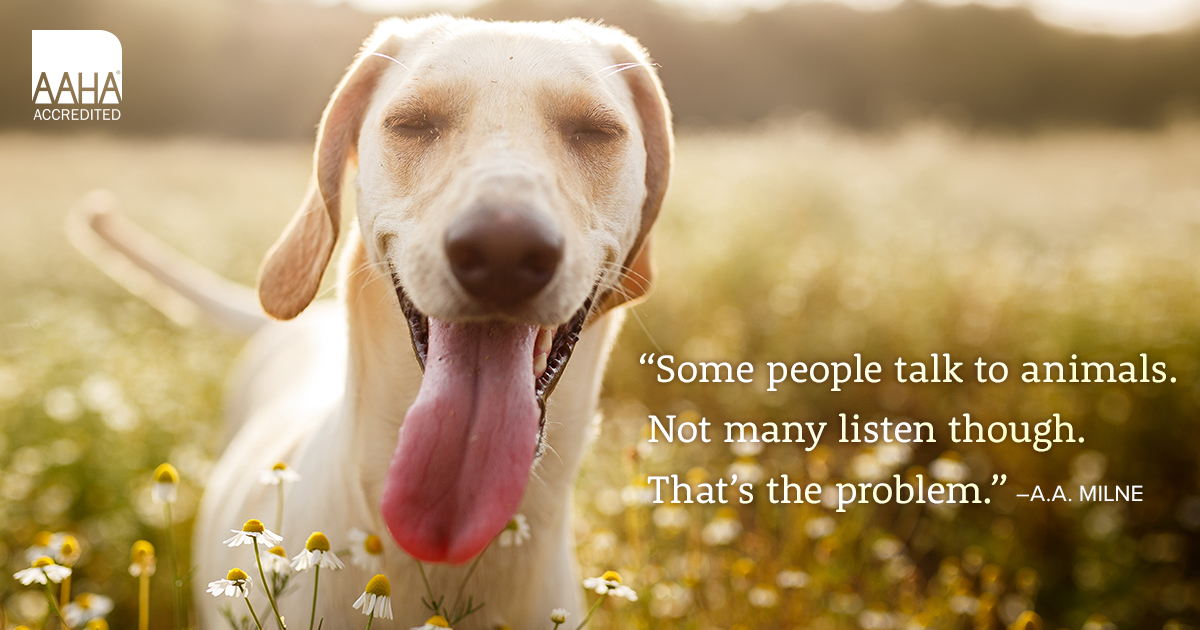
Pet Health Education Handouts
-
Dental disease, also known as periodontal disease, is a condition in which the tissues supporting the teeth become inflamed. When a pet develops dental disease, significant quantities of bacteria reside within the mouth and the oral tissues. These bacteria can enter the bloodstream and travel to other areas such as the liver and kidneys, causing distant or systemic effects.
-
Dental disease is one of the most common medical conditions seen by veterinarians. The most common types of dental disease in cats are periodontal disease and tooth resorption. This article discusses the most common dental diseases in cats, signs, diagnostic procedures, treatments, and preventive steps to keep a cat’s teeth healthy.
-
Dental pain may take on a variety of appearances, but often, a cat will not show any outward signs of pain. The only effective treatment for dental pain is to address the cat's underlying dental disease. The best way to prevent dental pain is to ensure that your cat receives regular dental care through a home dental care plan and regular veterinary dental care.
-
Dental pain may take on a variety of appearances, but often, a dog will not show any outward signs of pain. The only effective treatment for dental pain is to address the dog's underlying dental disease. The best way to prevent dental pain is to ensure that your dog receives regular dental care through a home dental care plan and regular veterinary dental care.
-
Diarrhea means the production of feces that are softer than normal. Normal equine feces are produced in formed, non-offensive smelling, greenish-brown, semi-solid portions that will break up in the hand, revealing varying degrees of fibrous content depending upon diet.
-
Cats are not completely color blind, as they can see yellow and blue, as well as shades of gray. Their eye structure allows them to see better in dim light compared to people. Near-sightedness is common among cats.
-
Dogs are not completely color blind, as they can see yellow and blue, as well as shades of gray. Their eye structure allows them to see better in dim light compared to people. Near-sightedness is common among dogs.
-
Ear and body handling are essential skills for every dog. Teaching trust and comfort for ear handling is best done before an infection occurs. Training for ear handling should be done when the ears are not painful. Using sedation and anesthesia is always a good idea for painful ears.
-
Most male animals (stallions, bulls, boars, rams, dogs, and tomcats) that are kept for companionship, work, or food production are neutered (castrated) unless they are intended to be used as breeding stock. Since castration will influence a dog's behavior, every dog owner should consult with their veterinarian about the health impacts of castration for their individual dog.
-
Even though dogs are a social species, some dogs exhibit aggression toward dogs outside their immediate social circle. There are many possible reasons for the behavior, and an accurate assessment is essential. A medical exam is important to check for underlying pain or illness. Treatment can be effective once the causes for the behavior have been determined.

